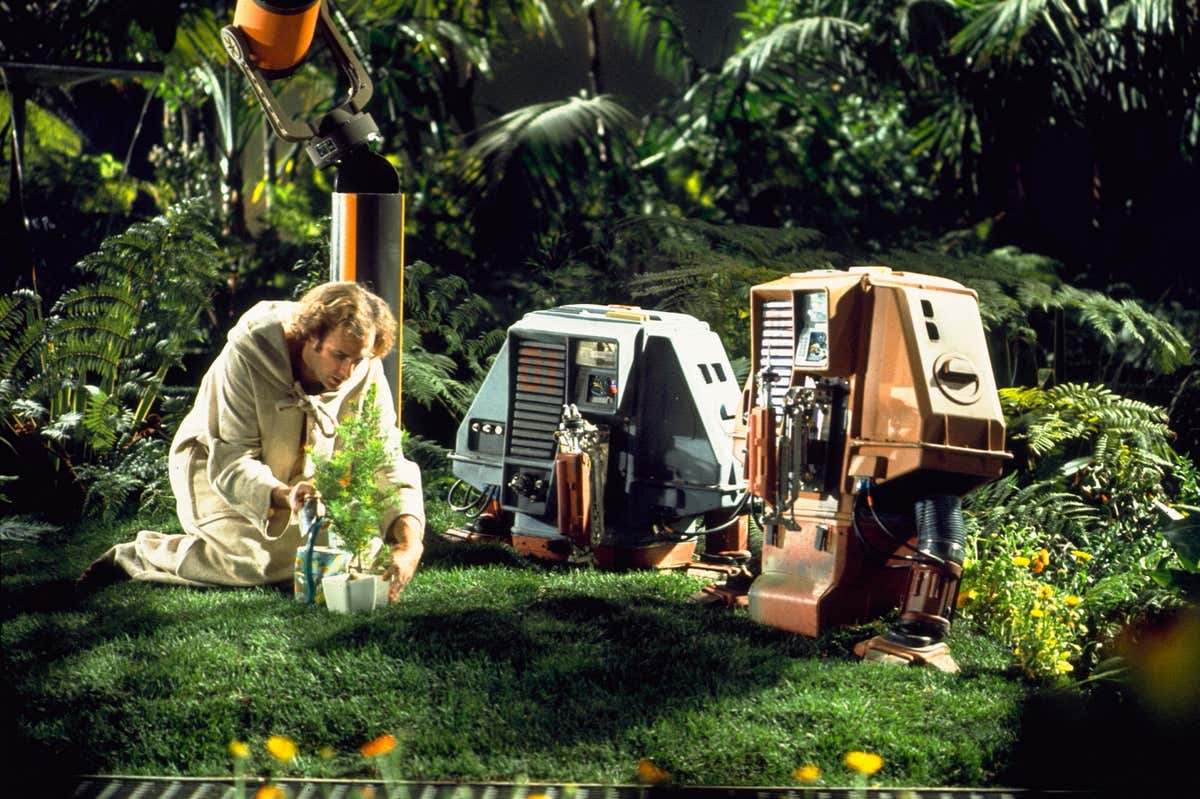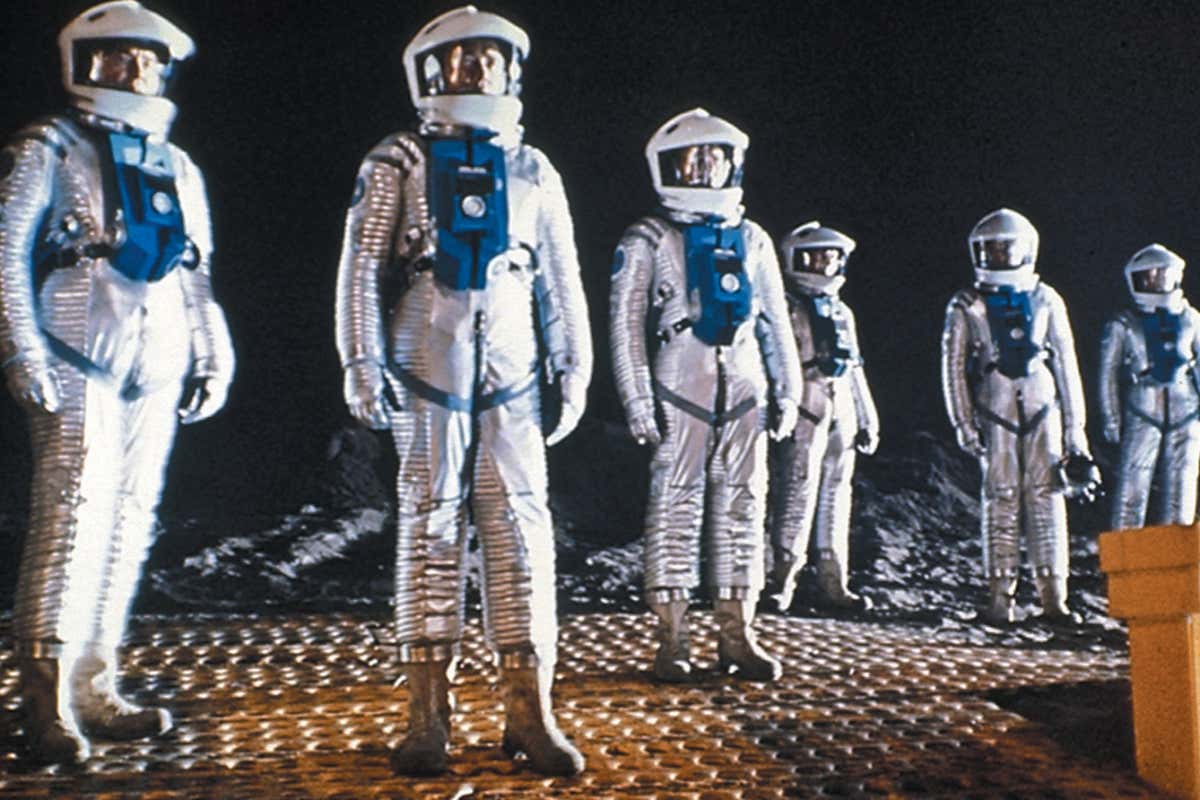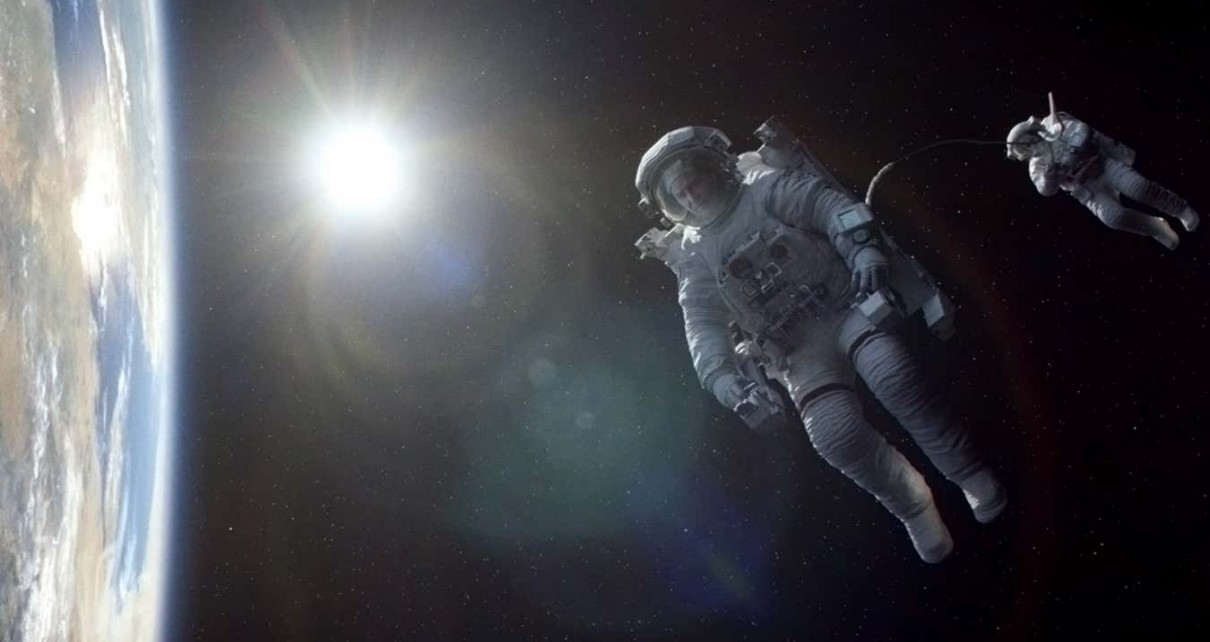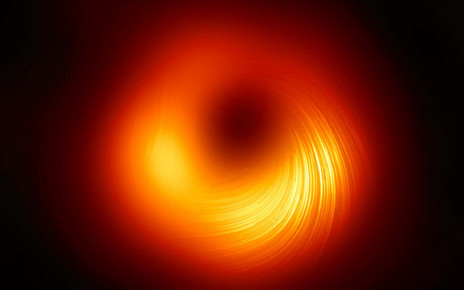[ad_1]

“Stunningly gorgeous and unbelievably stressful” … Gravity
Courtesy of Warner Bros. Picture
I’m an astronomer who writes about the ethics of human space settlement, most recently in Off-Earth: Ethical questions and quandaries for living in outer space. My road to this particular career was paved with science fiction, a genre filled with murky ethical questions in addition to all the tentacled aliens and eye-catching explosions. For this list, I have focused on films about space exploration from the perspective of our society, or one very similar to it, leaving aside movies set in utopian federations or galaxies far, far away. I have also avoided stories in which space comes to us, which disqualifies the likes of the otherwise fantastic Arrival, E.T. and Close Encounters of the Third Kind. Given these constraints, here are my choices for the 10 best space movies, so far…

A scene from Hidden Figures
© 2016 Twentieth Century Fox Film Corporation. All rights reserved.
Based on the excellent (and more true-to-life) non-fiction book by Margot Lee Shetterly, Hidden Figures focuses on the contributions of three brilliant Black women in the early US space programme of the 1960s. The film illustrates space exploration as a team sport, as we see John Glenn ride to space (and return safely to Earth) on the shoulders of engineers, mathematicians and programmers. But it also demonstrates that space exploration isn’t automatically free of the ills of the society it exists within; barriers to participation by marginalised space workers have existed in the space programme since the beginning.
#2: Apollo 13 (1995)
Speaking of space as a team sport, Apollo 13 dramatises the events of the ill-fated mission to the moon and the extraordinary efforts to bring its three astronauts home safely. The script emphasises the dedication and ingenuity of the ground crew as well as the perseverance of the astronauts, and director Ron Howard’s decision to film realistic weightless scenes using an aircraft performing zero-g manoeuvres, rather than 1990s CGI, leaves the movie as visually engrossing today as it was nearly 30 years ago.
#3: Gravity (2013)
Stunningly gorgeous and unbelievably stressful, Gravity shows us a fictional accident in space where our protagonist must manage her own rescue and survival. No shoulders to stand on, here: it’s a woman-against-nature story where nature is a cold, airless void. With one egregious exception, the physics is incredibly realistic, making it a brutal and unforgiving antagonist. It is the only film on this list that I couldn’t bear to rewatch while writing this piece; the edge of my seat couldn’t take it.
The botanist hero of The Martian – one of several plant-obsessed protagonists on this list, alongside characters in Silent Running and WALL-E – keeps himself alive alone on Mars using potatoes, fertiliser and a positive attitude. The story is a pleasant mix of Gravity’s “alone in the wilderness” adventure and Apollo 13’s “everyone rallies to come up with a clever solution to bring home an astronaut” charm, while the reasonably realistic Martian survival techniques portrayed provide a glimpse at how humans might one day build a more intentional home away from Earth.
#5: Moon (2009)
Many space movies throw in a few extra sci-fi concepts to spice up all the dry orbital mechanics. In the case of Moon, a lone miner wrapping up a lunar tour-of-duty uncovers a plot by his employer to staff the outpost with clones to avoid the cost of shipping replacements from Earth. Space mining and human cloning are still on the drawing board in real life, but unscrupulous companies cutting costs by exploiting workers? All too chillingly real.
#6: Sunshine (2007)
A rarity among space movies, Sunshine turns its gaze away from the shadowy depths of the empty void towards the fiery monster at the centre of our solar system: our life-giving yet unimaginably powerful star. It is a story of sacrifice, beauty, spirituality, the love that scientists have for the natural world and the dangers of twisting that love into obsession. It is also a story about flying a giant bomb into the dying sun to save the world, so there is something here for everyone.
In this sparse, melancholy story, humans use space to preserve the last of Earth’s forests after the plants and wildlife on our planet are destroyed by disaster or negligence. A difficult film (the only likeable characters are the proto-R2-D2 robots), Silent Running is a cautionary tale portraying a commercialised space future where Earth is comfortable for humans but entirely technologised, and space is merely used as a sanctuary – and then dumping ground – for the biosphere humans no longer feel they need.

Bruce Dern as Freeman Lowell in Silent Running
© Universal Studios
#8: WALL-E (2008)
Like Silent Running, this animated film asks whether space could be used for environmental protection – in this case, by relocating humanity to an air-conditioned spaceliner while robots clean up the trash they have left behind. The humans are more likeable in this one – in their 700 years in space, they have simply forgotten the value and beauty of non-human life. Fortunately, they have adorable robot friends to remind them to look up from their screens and learn how to take care of Earth again.
#9: Contact (1997)
A radio astronomer discovers a message of extraterrestrial origin that turns out to be a set of blueprints for a single-occupancy spacecraft. Contact is a classic for many reasons: its exploration of scientific versus religious faith, its sense of wonder and awe at the beauty of the universe (immortalised in the oft-quoted line, “They should have sent a poet”) and its flawed but determined main character, scientist Ellie Arroway, who inspired the career choice of a significant number of today’s astronomers, including myself.

A scene from 2001: A Space Odyssey
#10: 2001: A Space Odyssey (1968)
It is difficult to overstate the influence of 2001: A Space Odyssey on the decades of space movies that followed it. Of the films in this list alone, Sunshine and WALL-E included visual and musical references to it, respectively, and the real-life Apollo 13’s command module, Odyssey, was named after the movie. Film history aside, 2001 would still make this list for its fascinating presentation of our future in space as both a mundane workplace filled with videoconferencing and boardrooms, and the home of mind-bending new phenomena that could change our species forever.
Topics:
[ad_2]
Source link




